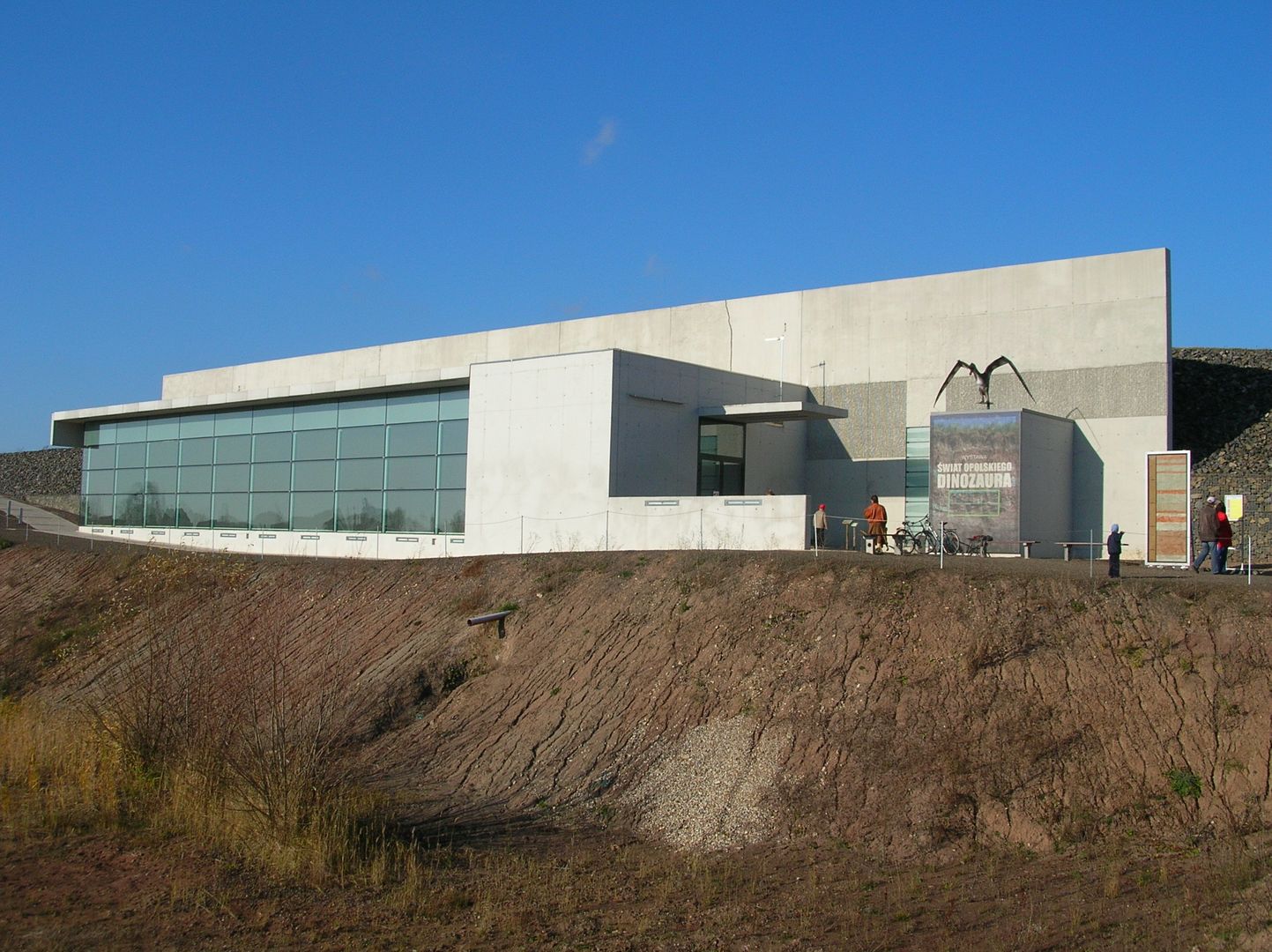JuraPark Krasiejów
6.7

Overview
JuraPark Krasiejów is a paleontological museum in Poland that combines educational and recreational elements, located on an active Triassic excavation site. It was established based on geological and paleontological research conducted since the 1970s, which revealed a rich Late Triassic fauna dominated by vertebrate fossils. The deposits in Krasiejów, consisting of clays and siltstones, indicate former habitats near water bodies, and their age can be approximated to the Late Carnian. During excavations, various organisms were discovered, including charophytes, mollusks, fish, and vertebrates such as Metoposaurus and Paleorhinus, as well as Silesaurus opolensis, a new early dinosaur. These discoveries gained worldwide renown, and the findings from Krasiejów became popular as materials for publications and tourist souvenirs. In 2002, as part of the site development, an architectural project was initiated, leading to the construction of the "Dinopark" association, aimed at integrating research, museum, and recreational functions. The museum and replicas of prehistoric animals attract tourists, making Krasiejów a significant point on the world paleontological map, combining aspects of architecture, natural history, and culture.
Location
City
Krasiejów
Tertiary Administrative Division
Ozimek
County
Opole County
State
Opolskie Voivodeship
Country
2025 Wizytor | All Rights Reserved